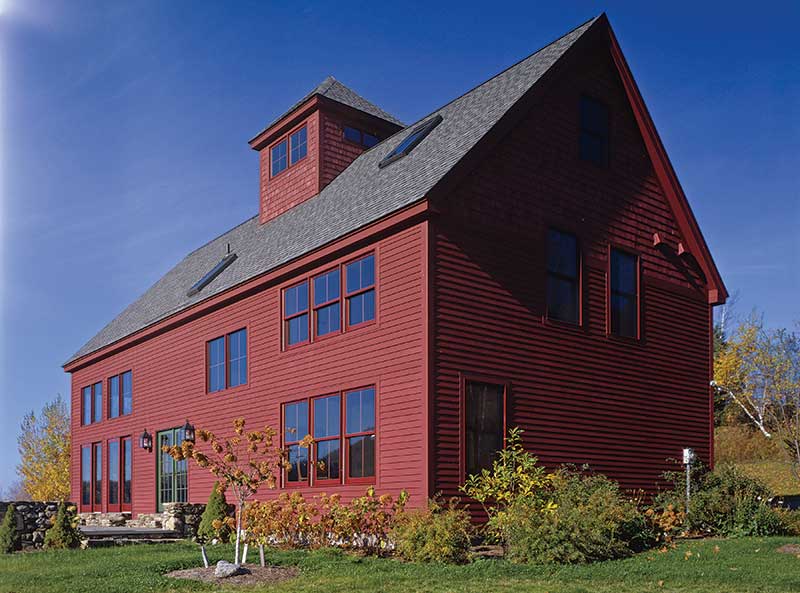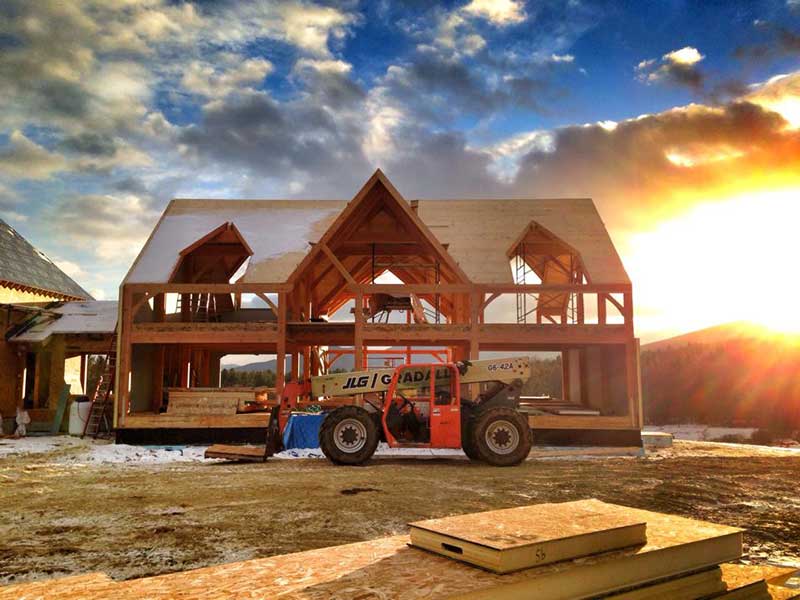Updated Novemer 26, 2024
Life is full of unanticipated changes. Maybe your family is growing or your job has shifted and you need a new home office. Perhaps you recently discovered your knack and joy for entertaining or throwing dinner parties with friends and family. Whatever the situation is, your home base might need to grow with these new developments. Sometimes finances, time restraints, and permitting restrictions limit your initial plans, but with some foresight, you can pave the way for future additions as needed.
Consider Your Land
As you are planning, keep in mind the layout of your land. Features like streams, ponds, rocky ground, and forests will have a part to play in your planning process. If you think your addition might go on top of a deep rock deposit, you may have to forego a basement for that area. On the other hand, building on a hillside may make a walkout basement an economical way of getting more space without a larger footprint. You may also find yourself needing to clear shrubs and trees to make room for an addition. Similarly, waterfront properties often come with a lot of benefits, but they also require extra attention to where you plan to place and orient your home.
Start Simple
If you want to start with a home on the smaller side but think there is a chance you will want to add on later, stick with a classic design. A complicated building costs more to change later on and will bring complications. Barn and Studio style homes make great starting points since it’s easy to add on to them later. They are on the smaller side and have streamlined features making them cost-effective from the get-go, too. Larger styles like Colonial homes tend to have a simpler floor plan, making them ideal for additions a
What Kinds of Additions Do You Want?
There are hundreds of home addition types to choose from. You might want to add more bathrooms, bedrooms, a big dining room, a utility room, or a workspace. Make a list of everything you might want in the future and then map out how you would do it all at once if you could. You might find that your wants are achievable now, but if not, you’ll be prepared for future work.
Once you know how the space will be used, decide the format. Will it be an extra main floor room or do you want to build upwards with a second or third story? Do you want the space insulated or used as an outdoor structure like a porch or sunroom? Will a small bump-out suffice, or do you need an entirely separate building connected with a breezeway?
Use What You Have
Don’t forget, you can convert your basement or attic space into whatever you would like. Many people turn their basement into a decked-out family room with a pool table, big screen tv, and plush seating. This frees up space in the main living area for larger family gatherings. Attics also offer potential, especially with added dormers. They provide vertical wall height for bedrooms, bathrooms, and closets.
Add an ADU or Two
It might not be possible to build a connected add-on. Usually, this is due to permitting or geographical restrictions. Even if you checked when you started the building process, laws do change over time. If you find yourself in this predicament, all is not lost. ADUs (Accessory Dwelling Units) are an excellent way to get what you want and skirt the rules.
ADUs are typically detached backyard buildings finished out for living use. People use them as in-law apartments, offices, private yoga studios, and workshops. Their potential is not limited by this small list, however.
Since ADUs are considered temporary structures and have a smaller footprint, permitting for this type of building is usually less stringent. In some areas, a permit might not be required at all. We always recommend checking with your local town office before building any new structure on your property.
Conclusion
It is never too late or too early to think about building an addition to your home. If you are starting to design your home now, consider any later additions you may want. This will help you decide on things like placement and costs. If you find that you are not able to build attached structures, later on, there are other options such as utilizing unused space or buying detached structures.












